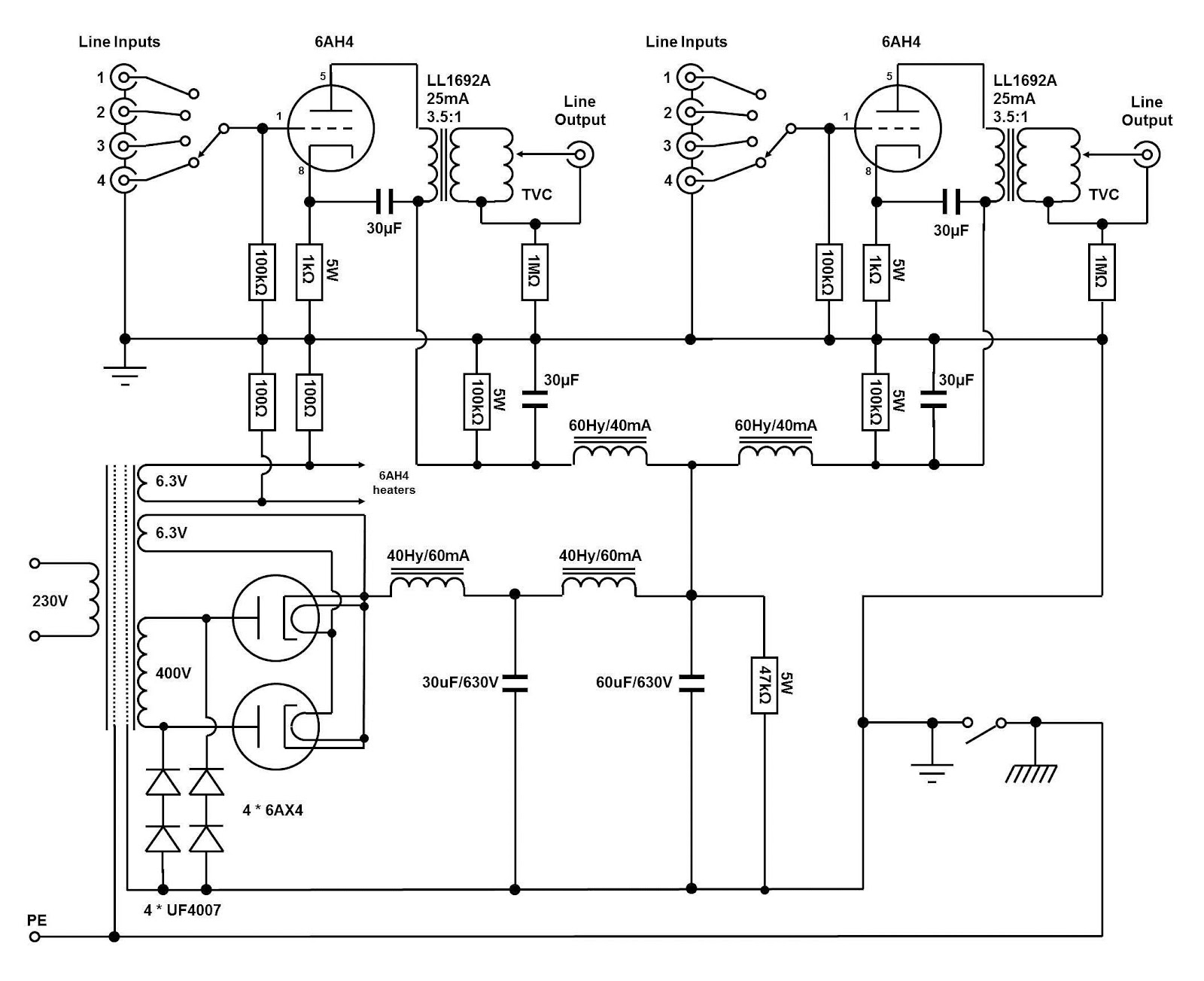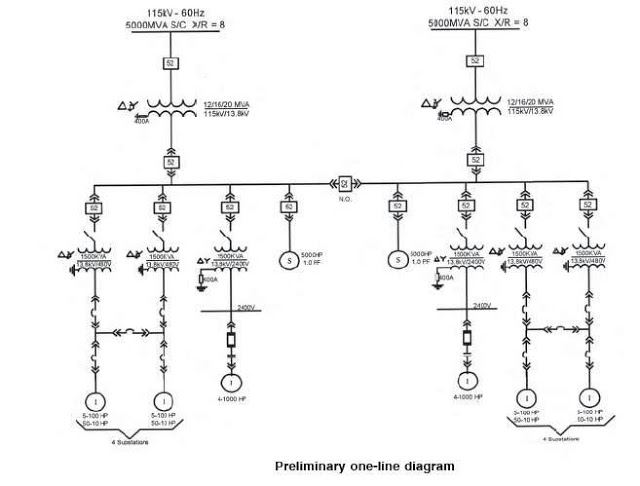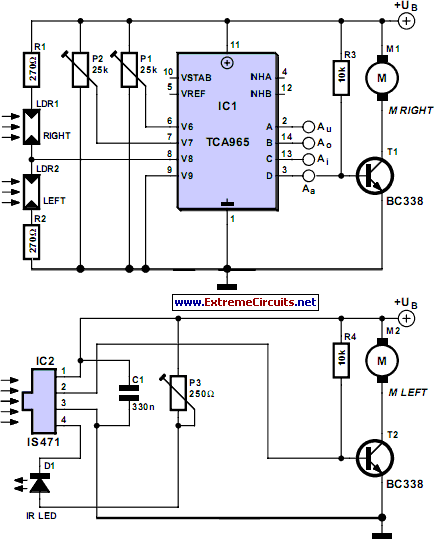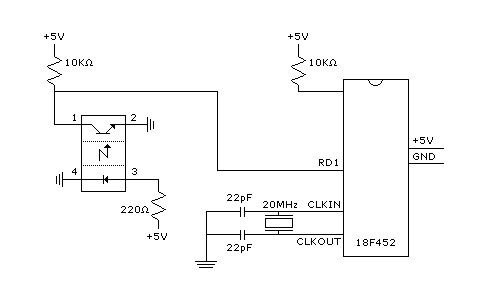
Line Following Robot Sensor

This line-following robot sensor or surface scanner for robots is a compact, stamp-sized infrared proximity detector designed for short-range detection (5-10 mm).
The line-following robot utilizes an infrared proximity sensor that detects the presence of surfaces or lines beneath it. This sensor typically operates by emitting infrared light and measuring the reflection from nearby surfaces. When the sensor is positioned close to a surface, the reflected light intensity is analyzed to determine whether the surface is present or if the robot is nearing the edge of a path.
The circuit design of the infrared proximity detector may include key components such as an infrared LED, a phototransistor or photodiode, a resistor network for biasing, and an operational amplifier for signal conditioning. The infrared LED emits light, which is reflected by the surface below. The phototransistor or photodiode receives this reflected light; the amount of light detected varies based on the proximity to the surface.
In a typical configuration, the output from the phototransistor is fed into an operational amplifier, which amplifies the signal for better detection accuracy. Additional components such as capacitors may be included to filter noise and stabilize the circuit. A microcontroller can be integrated into the design to process the output signals and control the robot’s movement based on the sensor inputs, allowing the robot to follow lines or navigate around obstacles effectively.
This sensor is particularly useful in robotics applications where precise movement and navigation are required, such as in automated guided vehicles (AGVs) and educational robotics projects. Its small size and simplicity make it an ideal choice for various robotic platforms.This Line Following Robot sensor or surface scanner for robots is a very simple, stamp-sized, short range (5-10mm) Infrared proximity detector wired around. 🔗 External reference
The line-following robot utilizes an infrared proximity sensor that detects the presence of surfaces or lines beneath it. This sensor typically operates by emitting infrared light and measuring the reflection from nearby surfaces. When the sensor is positioned close to a surface, the reflected light intensity is analyzed to determine whether the surface is present or if the robot is nearing the edge of a path.
The circuit design of the infrared proximity detector may include key components such as an infrared LED, a phototransistor or photodiode, a resistor network for biasing, and an operational amplifier for signal conditioning. The infrared LED emits light, which is reflected by the surface below. The phototransistor or photodiode receives this reflected light; the amount of light detected varies based on the proximity to the surface.
In a typical configuration, the output from the phototransistor is fed into an operational amplifier, which amplifies the signal for better detection accuracy. Additional components such as capacitors may be included to filter noise and stabilize the circuit. A microcontroller can be integrated into the design to process the output signals and control the robot’s movement based on the sensor inputs, allowing the robot to follow lines or navigate around obstacles effectively.
This sensor is particularly useful in robotics applications where precise movement and navigation are required, such as in automated guided vehicles (AGVs) and educational robotics projects. Its small size and simplicity make it an ideal choice for various robotic platforms.This Line Following Robot sensor or surface scanner for robots is a very simple, stamp-sized, short range (5-10mm) Infrared proximity detector wired around. 🔗 External reference





